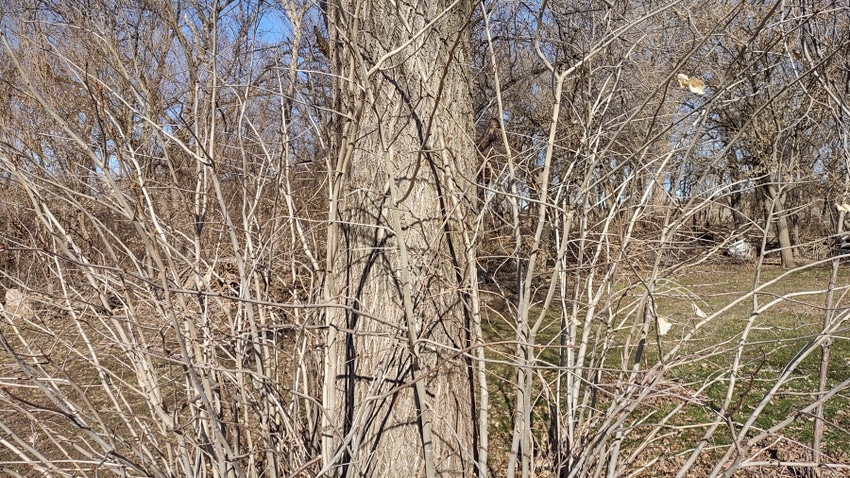
Some tree species are more prone to them than others. Those unsightly suckers, as they are often called, do not enhance your farmstead landscape. But how do we get rid of them?
There are many reasons suckers might appear. Some species such as crabapple, linden, hawthorn, maple, black locust, dogwood and most fruit trees are more prone to suckers.
We have a basswood, or linden, in our backyard that has vigorous suckers growing around its base each spring. This tree is more than 70 years old, but the suckers keep coming every year, in spite of our best efforts to keep them under control.
Aaron Steil, Iowa State University consumer horticulture Extension specialist, says suckers grow for many reasons, besides coming from a species prone to suckering. A vigorous root system is a main cause of suckers, Steil says.
Trees that are grafted to a rootstock, as many fruit trees are, seem to sucker often. Steil says that is because sometimes the rootstock is not well matched with the scion, or ornamental, upper portion of the tree. This promotes suckers that may look a little different from the scion if they are allowed to keep growing.
No easy remedy
The bad news about suckers is that there is no easy way to get rid of them. The best method is to use a hand pruner to cut them back to their point of origin as soon as they appear. This may take some persistence, and it may require moving some soil away from the base of the sucker to get it down to the origin point. Otherwise, it may result in even more suckers resprouting.
Steil says that the suckers grow more rapidly in spring and slower in the summer, so regular pruning throughout the growing season is probably warranted.
There are some products that use a specific formulation of synthetic growth hormone or a contact herbicide, he says. But the verdict is still out on many of these products as to whether they are worth your money.
There are many reasons why suckers are a problem, including the fact that they are often unsightly in the landscape, they change the shape of the tree, they can reduce flowering and fruiting on some tree species, and they can harbor pests and diseases. These are reasons enough to simply stay on top of the problem by pruning them back as soon as they appear.
Learn more at hortnews.extension.iastate.edu.
About the Author(s)
You May Also Like






